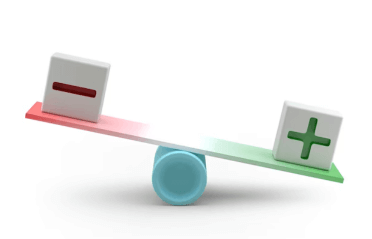Question
a.
Levelling
b.
Centering
c.
Contouring
d.
Balancing
Posted under Surveying
Interact with the Community - Share Your Thoughts
Uncertain About the Answer? Seek Clarification Here.
Understand the Explanation? Include it Here.
Q. By which of the following, the difference in elevation between two points can be calculated by taking a difference between the two readings and no correction for the inclination of...
Similar Questions
Explore Relevant Multiple Choice Questions (MCQs)
Q. If the observed back sight and fore sight are x1 and x2. The correction back sight on A will be equal to x1-y1, where y1= D1 tan i°. The correct fore sight on B will be equal to x2-y2 where, y2 = D2 tan i°. Then what is the correction difference in level between A and B.
View solution
Q. If the observed back sight and fore sight are x1 and x2. The correction back sight on A will be equal to x1-y1, where y1= D1 tan i°. The correct fore sight on B will be equal to x2-y2 where, y2 = D2 tan i°. Then what is the correction difference in level between A and B, if D1 = D2?
View solution
Q. If the observed back sight and fore sight are 20 m and 18 m. The correction back sight on A will be equal to 16 m, The correct fore sight on B will be equal to 14 m where then what is the correction difference in level between A and B?
View solution
Q. If the staff reading at point A = ha and at a point B = hb. The correct staff reading should have been Ha and Hb, then the correction difference in elevation between A and B is given by _____
View solution
Q. If the staff reading at point A = ha and at a point B = hb. The correct staff reading should have been Ha and Hb, where Ha = ha – ha’ and Hb = hb – hb’ then the correction difference in elevation between A and B is given by ____________
View solution
Q. If the back sight and fore sight distances are balanced, the elevation between two points is equal to the difference between the rod readings taken to the two points and correction for curvature and refraction is necessary.
View solution
Q. Turning point is also called _____
View solution
Q. Horizontal line departs from a level surface because of _____________
View solution
Q. In the long sights, the horizontal line of sight doesn’t remain straight but it slightly bends downwards having concavity towards earth due to ____________
View solution
Q. Find the correction for curvature for a distance 1200 m?
View solution
Q. Find correction for refraction for a distance of 1200 m?
View solution
Q. Find the correction for curvature for a distance 2.48 km?
View solution
Q. Find correction for refraction for a distance of 2.48 km?
View solution
Q. Find combined correction for curvature and refraction for 3400 m?
View solution
Q. Find combined correction for curvature and refraction for 1.29 km?
View solution
Q. In order to find the difference in elevation between two points P and Q, a level was set upon the line PQ, 30 m from P and 1280 m from Q. The reading obtained on staff kept at P and Q were respectively 0.545 m and 3.920 m. Find the true difference in elevation between P and Q?
View solution
Q. A light house is visible just above the horizon at a certain station at the sea level. The distance between the station and light house is 10 km. Find the height of the light house?
View solution
Q. Which of the following type of levelling is necessary across a river ravine or any obstacle requiring a long site between two points?
View solution
Q. Which of the following type of levelling is used when two points so situated that no place for the level can be found from which the lens of foresight and backsight will be even approximately equal?
View solution
Q. Which of the following error cannot be eliminated in reciprocal levelling?
View solution
Recommended Subjects
Are you eager to expand your knowledge beyond Surveying? We've handpicked a range of related categories that you might find intriguing.
Click on the categories below to discover a wealth of MCQs and enrich your understanding of various subjects. Happy exploring!








